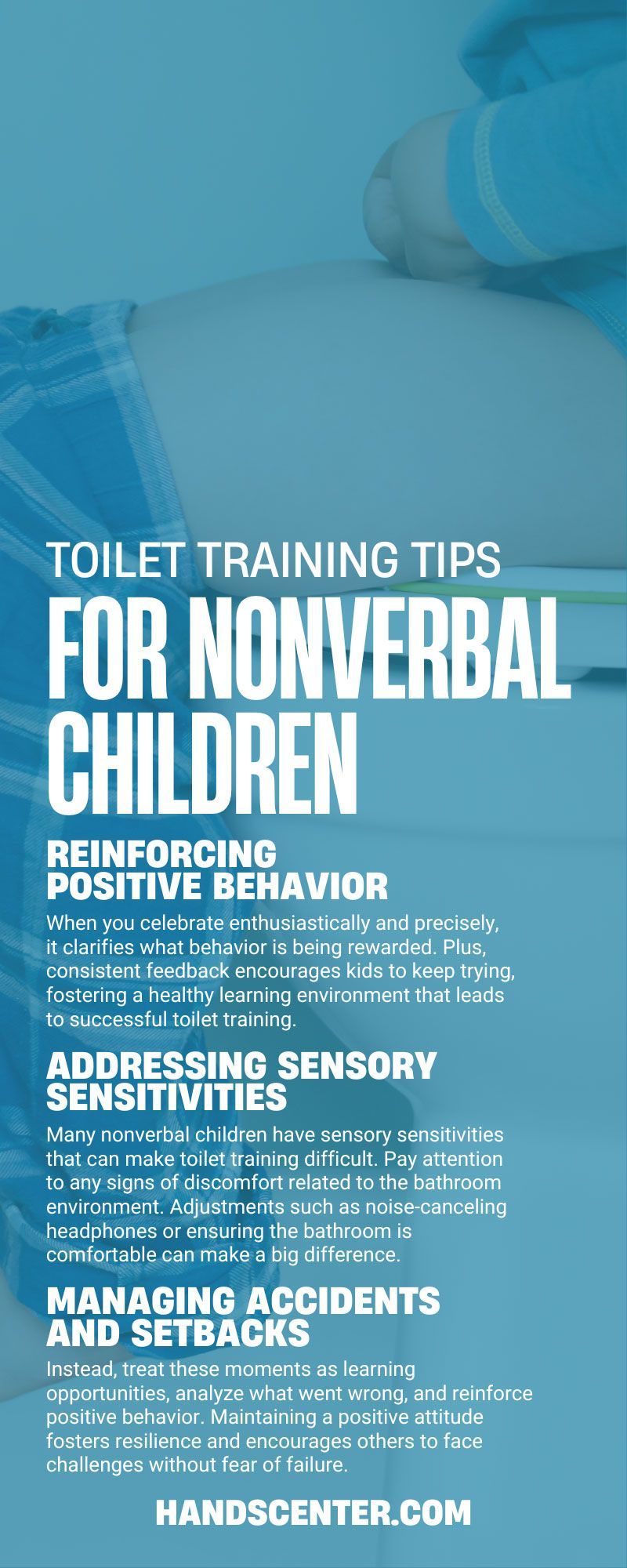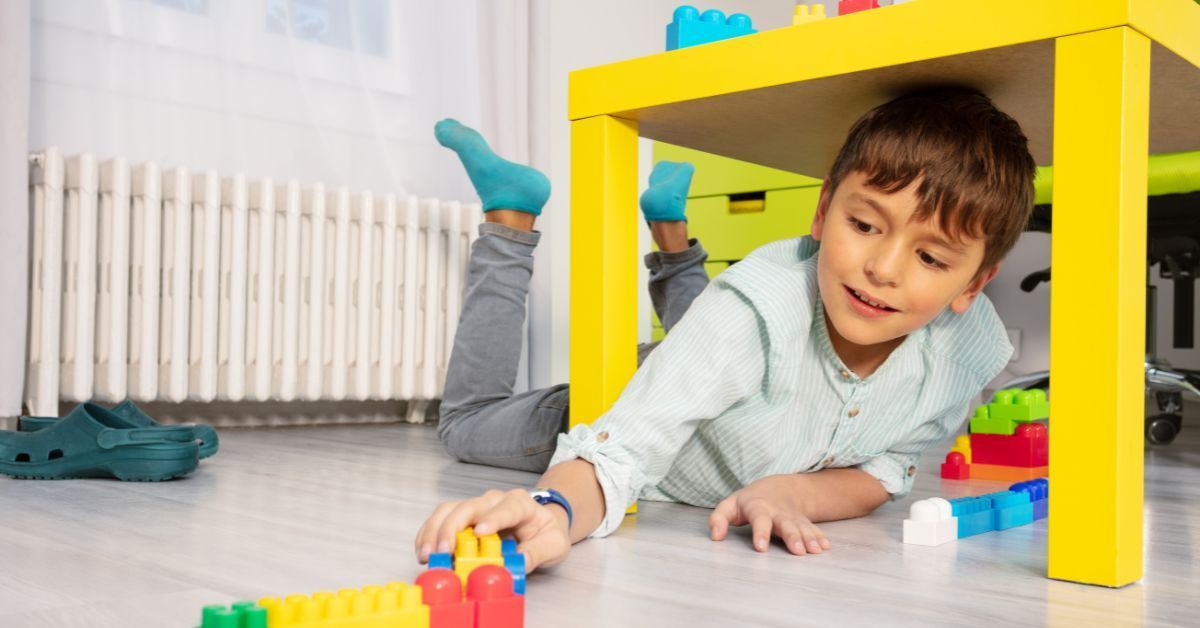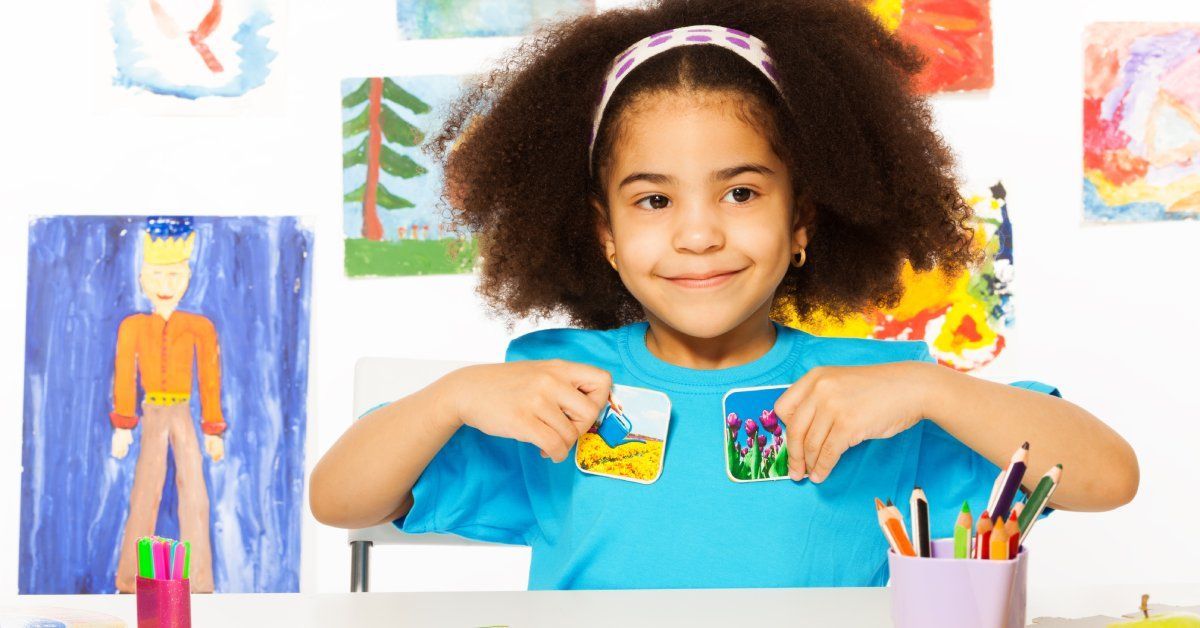Toilet Training Tips for Nonverbal Children
Toilet training is a crucial milestone in your child's development, especially for nonverbal children with autism who may face unique challenges. Understanding your child's communication styles and preferences is important to creating an effective training routine.
Nonverbal children often use gestures and visual aids to express themselves, so recognizing these cues can help you create a supportive environment. This approach fosters learning and makes toilet training a smoother experience for both you and your child.
Parents and caregivers can effectively support these children through their toilet training journey by fostering patience, positive reinforcement, and a structured approach. Here are essential toilet training tips for nonverbal children to facilitate this important transition.
Understanding the Basics of Toilet Training
Toilet training starts with recognizing when your child is ready and comfortable, which is key to making the experience positive. Every child develops at their own pace, so parents and caregivers need to pick up on the signs of readiness. By paying attention to these cues, you can better support your child.
Here are some key points to keep in mind:
- Watch for signs of discomfort with dirty diapers.
- Notice if your child shows interest in the bathroom routine.
- Set up a consistent routine to help them succeed.
Creating a supportive environment with a child-friendly toilet and regular routines can make toilet training more accessible for your child and you. Setting realistic goals and managing expectations is essential, as patience and persistence are vital. Remember, setbacks are a normal part of learning, and every small step forward is a win!
Creating a Structured Routine
Consistency is the foundation of successful toilet training. Establish a regular bathroom schedule, taking your child to the toilet at specific times throughout the day. This helps build a routine and provides predictability, particularly for nonverbal children.
Here are some creative and fun ways to include your child in the process:
- Sticker Chart: Create a colorful sticker chart where they can add a sticker for each successful trip to the toilet.
- Fun Songs: Sing a toilet training song or play their favorite tune while they use the toilet to make it enjoyable.
- Special Toilet Time: Let them pick a special toy or book to bring to the bathroom to entertain them.
- Role Play: Use dolls or action figures to demonstrate toilet training and let your child mimic the process.
- Rewards System: Set up a small rewards system for consistent bathroom trips, like a treat or extra playtime.
- Personalize the Space: Let your child decorate their toilet area with fun stickers or a colorful toilet seat cover.
Reinforcing Positive Behavior
Positive reinforcement is key for toilet training because it helps kids build confidence. Celebrating even the smallest successes with praise or little rewards creates a positive vibe around using the toilet.
When you celebrate enthusiastically and precisely, it clarifies what behavior is being rewarded. Plus, consistent feedback encourages kids to keep trying, fostering a healthy learning environment that leads to successful toilet training.
Addressing Sensory Sensitivities
Many nonverbal children have sensory sensitivities that can make toilet training difficult. Pay attention to any signs of discomfort related to the bathroom environment. Adjustments such as noise-canceling headphones or ensuring the bathroom is comfortable can make a big difference.
Using Communication Tools
Nonverbal children can share their thoughts and needs through various alternative communication methods. Tools like picture exchange communication systems (PECS) and speech-generating devices allow them to express themselves visually and audibly.
By using these resources, caregivers, and educators can create a supportive environment that boosts communication and helps nonverbal children connect with others.
Managing Accidents and Setbacks
Accidents and setbacks are a natural part of personal growth and skill development. Staying calm and avoiding punishment is important, as this can hinder progress.
Instead, treat these moments as learning opportunities, analyze what went wrong, and reinforce positive behavior. Maintaining a positive attitude fosters resilience and encourages others to face challenges without fear of failure.
Encouraging Independence
Encouraging independence in children is a gradual process that builds self-confidence and life skills. Start with simple tasks like pulling up pants or washing hands, then gradually introduce more complex activities such as choosing clothes and helping with chores. This approach fosters responsibility and pride in their abilities while celebrating their successes and reinforcing their confidence.
Keeping a Progress Journal
Keeping a journal to track progress is a powerful tool for achieving your goals. It allows you to celebrate successes, reflect on challenges, and identify effective strategies. This practice fosters a positive mindset and helps you recognize patterns in your behavior, ultimately serving as a valuable resource for personal growth and development.
Preparing for Public Toilets
Public toilets can overwhelm nonverbal kids because of new surroundings and sensory overload. To help ease their anxiety, parents should introduce them to these spaces gradually during quieter times, letting them explore without pressure.
As they become more comfortable, they can gradually face more complicated situations with positive reinforcement, boosting their confidence in public restrooms.
Maintaining a Positive Attitude
A positive attitude and perseverance are key to successful toilet training. Celebrate the small wins, tune into your child's needs, and remember that setbacks are normal.
Your support builds their confidence and makes the journey easier for both of you. Create a nurturing environment with plenty of praise and understanding!
Building a Sense of Accomplishment
Helping a child feel a sense of accomplishment is key to boosting their confidence and motivation. Acknowledging their achievements, no matter how small builds a positive self-image and encourages them to take on new challenges.
Using fun visual charts with colorful markers to track progress can make this process more engaging. Celebrating milestones reinforces their hard work and fosters a lifelong love for learning and personal growth.
Begin Your Journey Today
Toilet training requires patience, consistency, and a well-structured approach. When using our effective toilet training tips for nonverbal children, remember that every child is different, and progress may vary. Stay committed, seek support when needed, and celebrate each achievement along the way.
For personalized support and resources, consider the expert guidance available through ABA training for parents in North Carolina at the HANDS Center. Here are some valuable toilet training tips for nonverbal children to help you on this journey.








